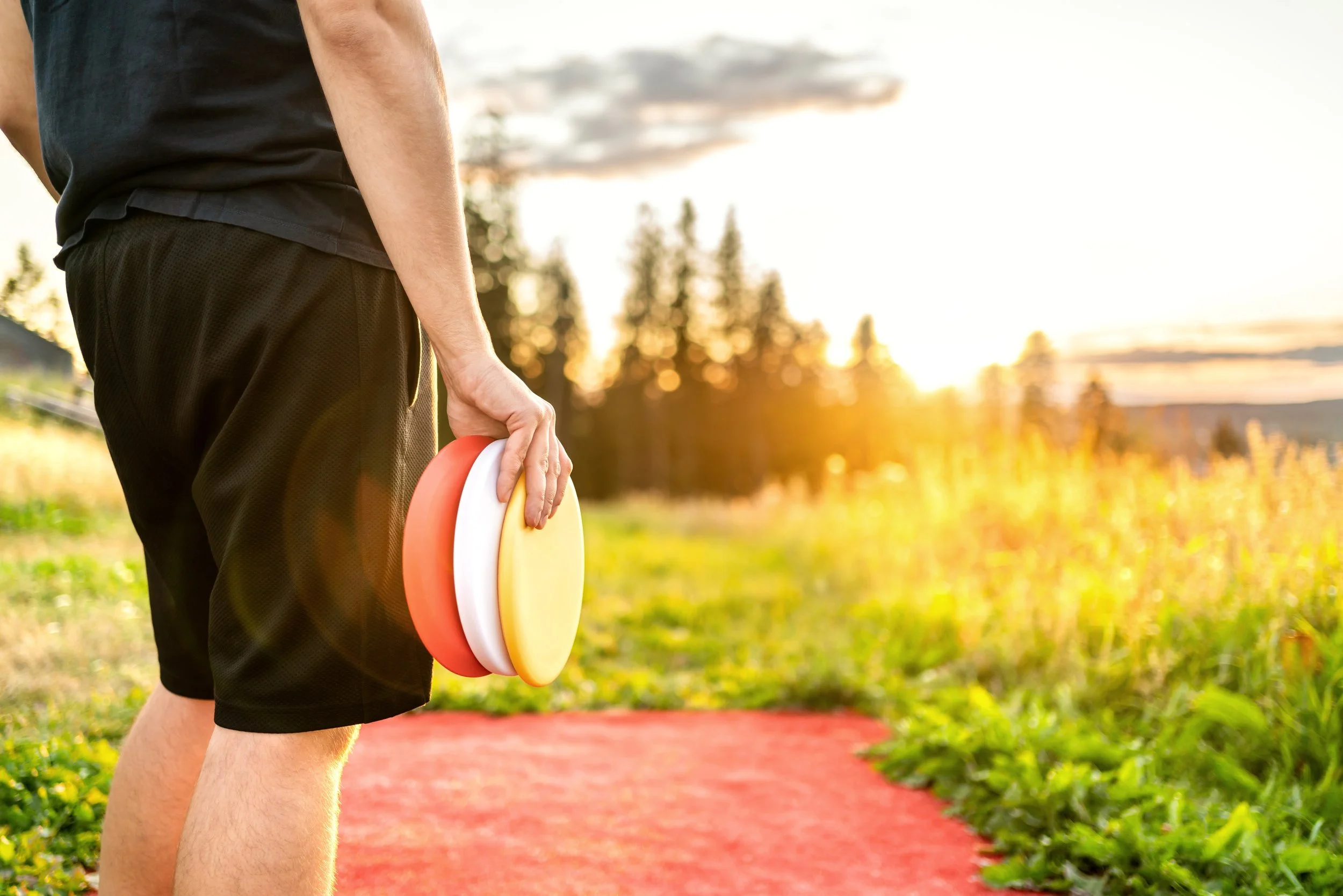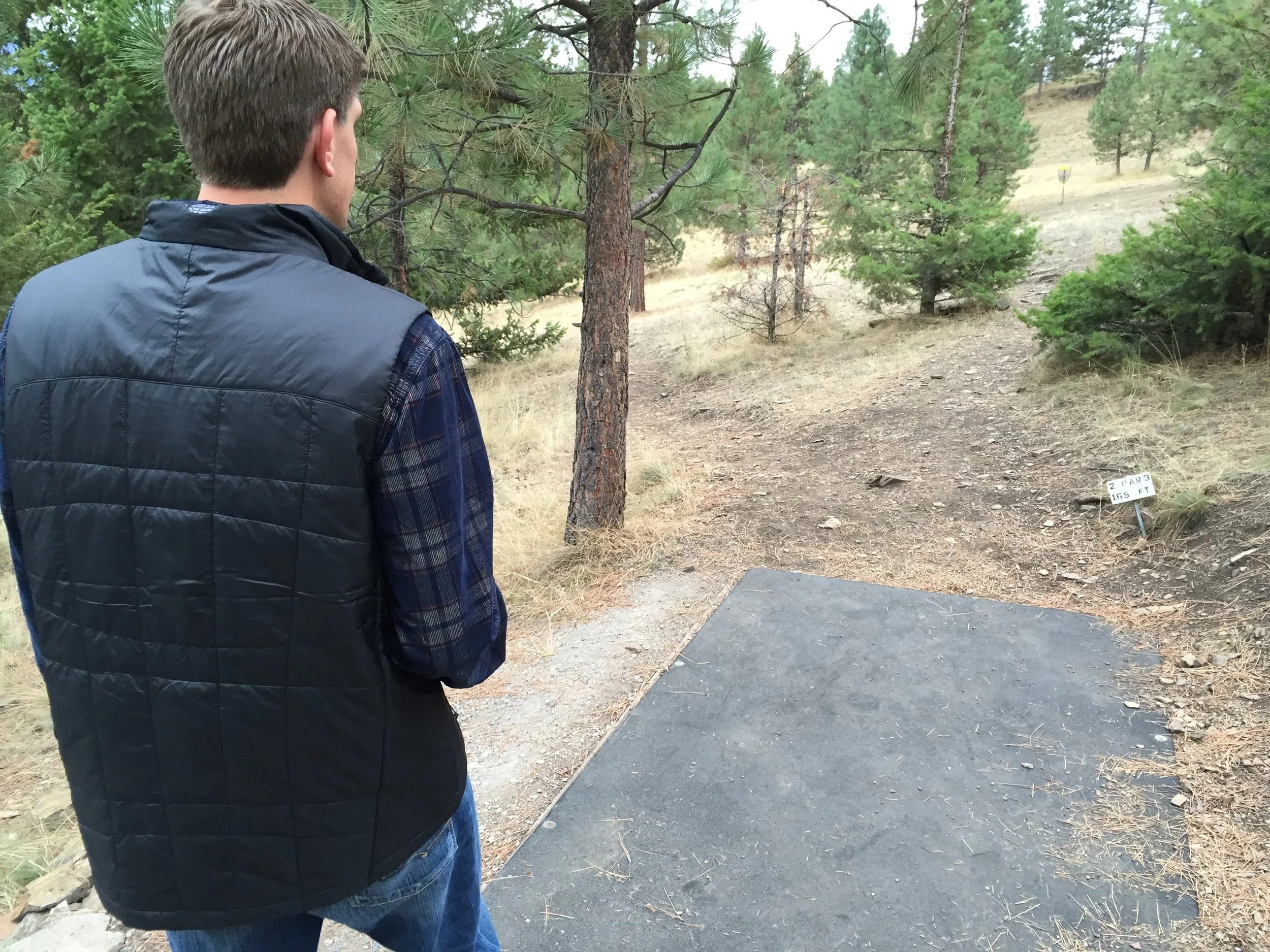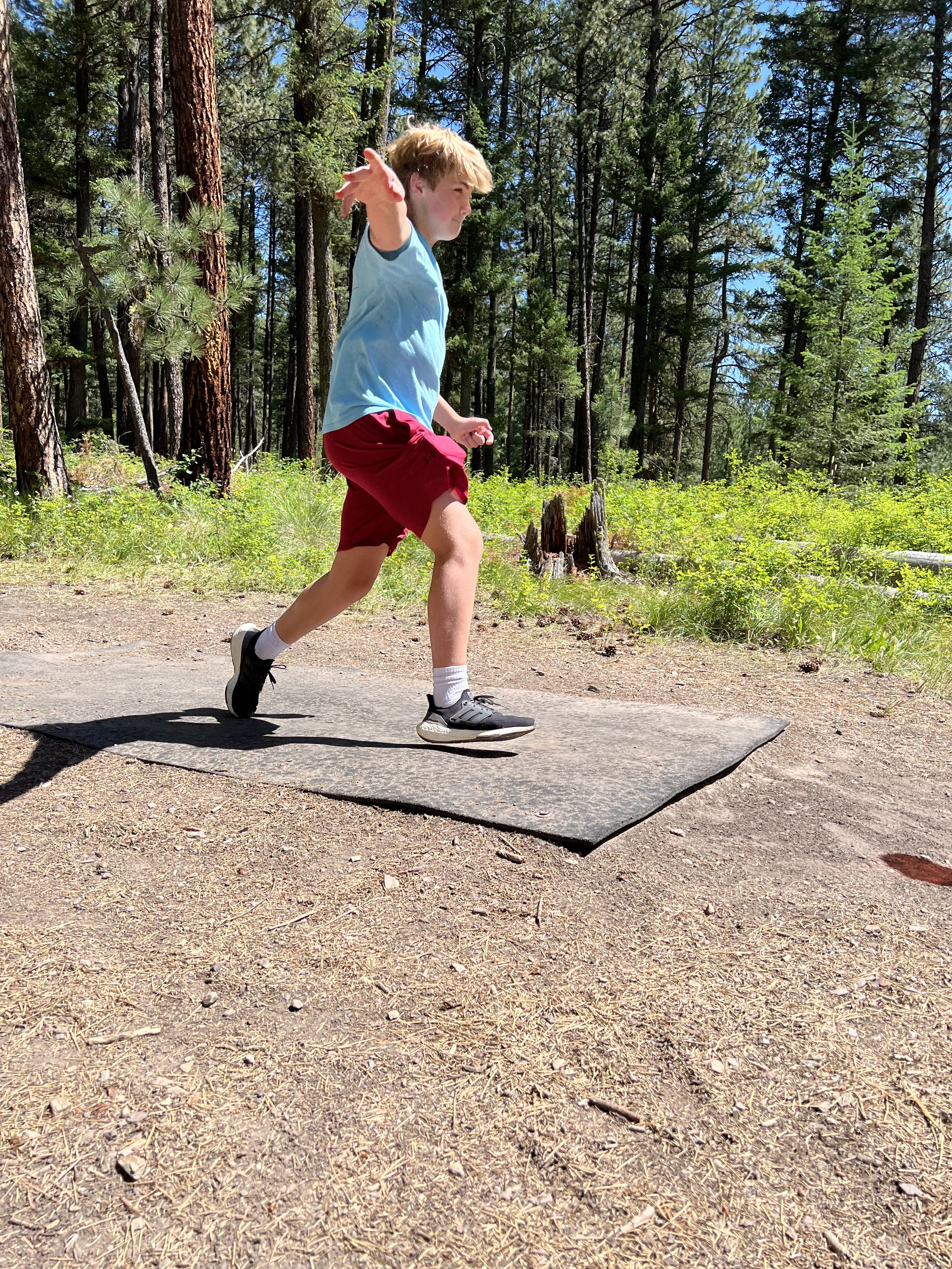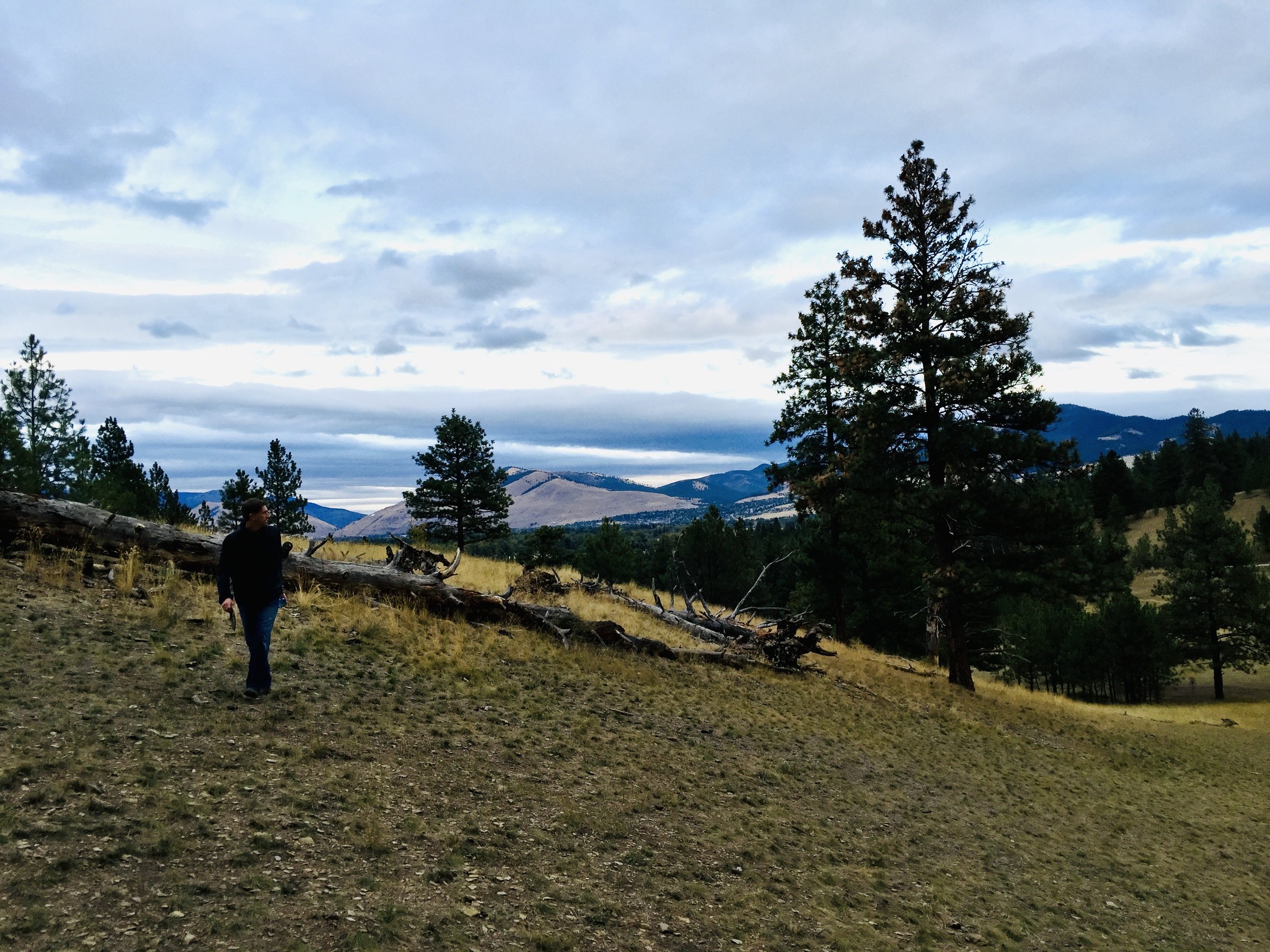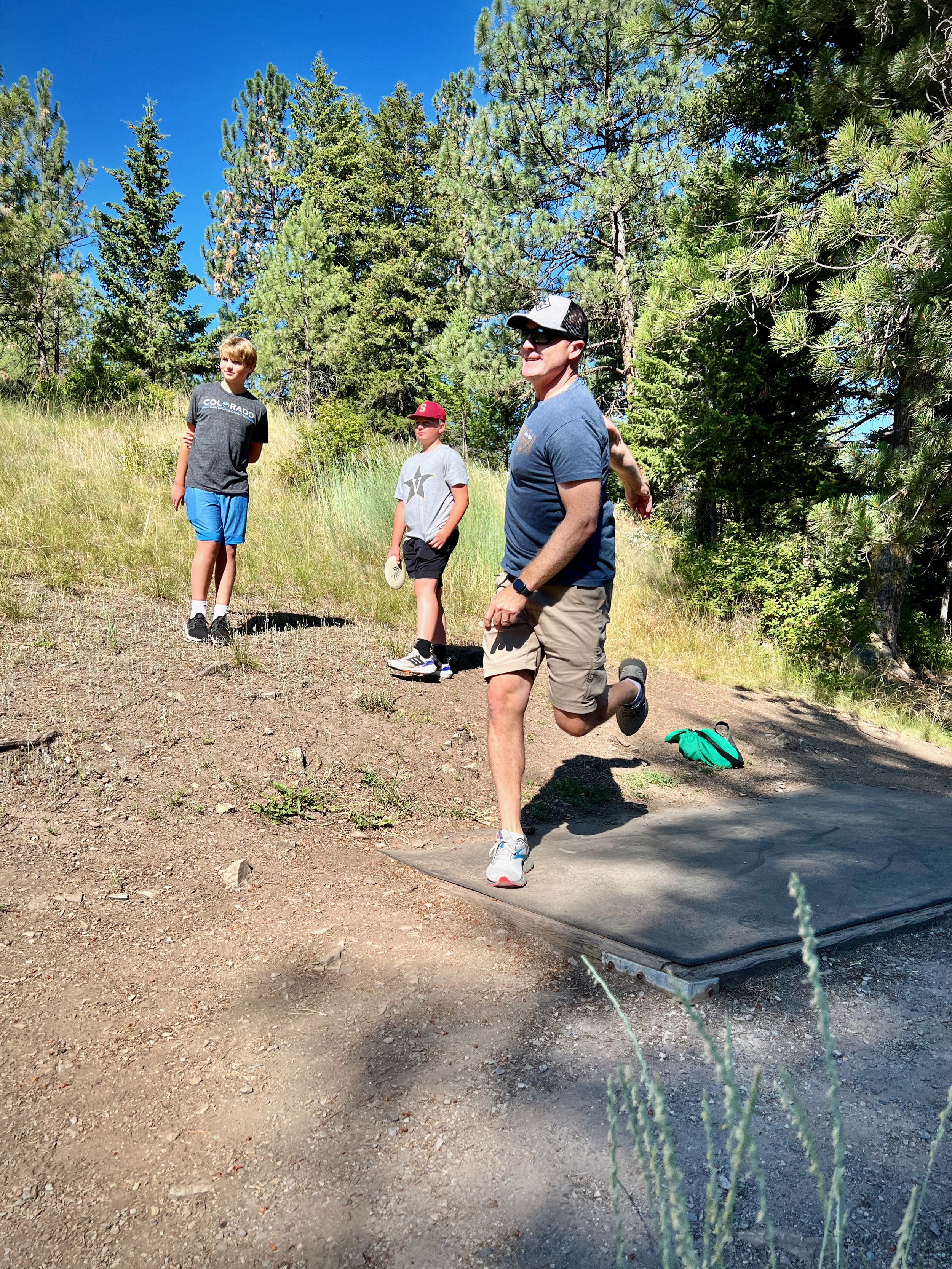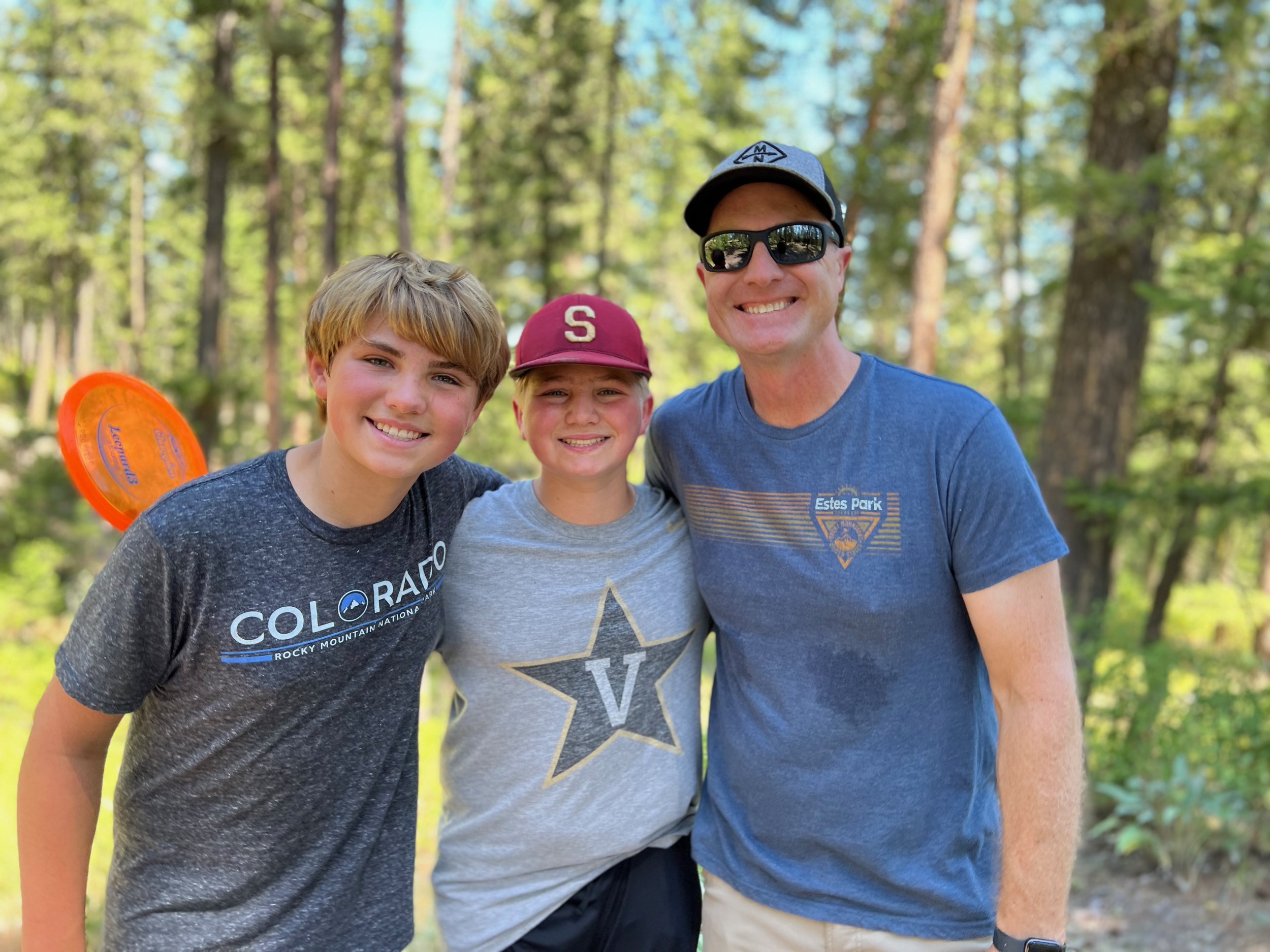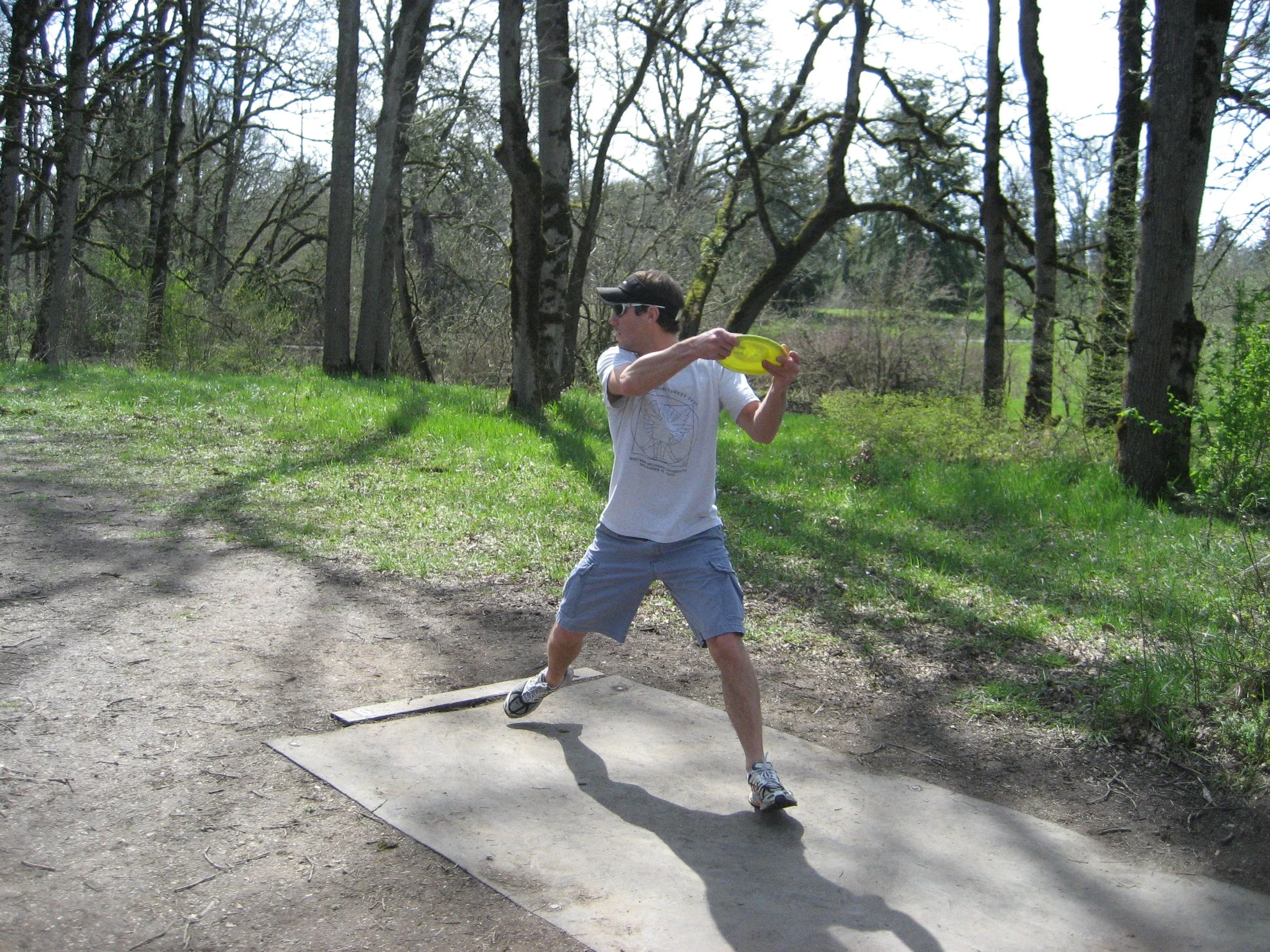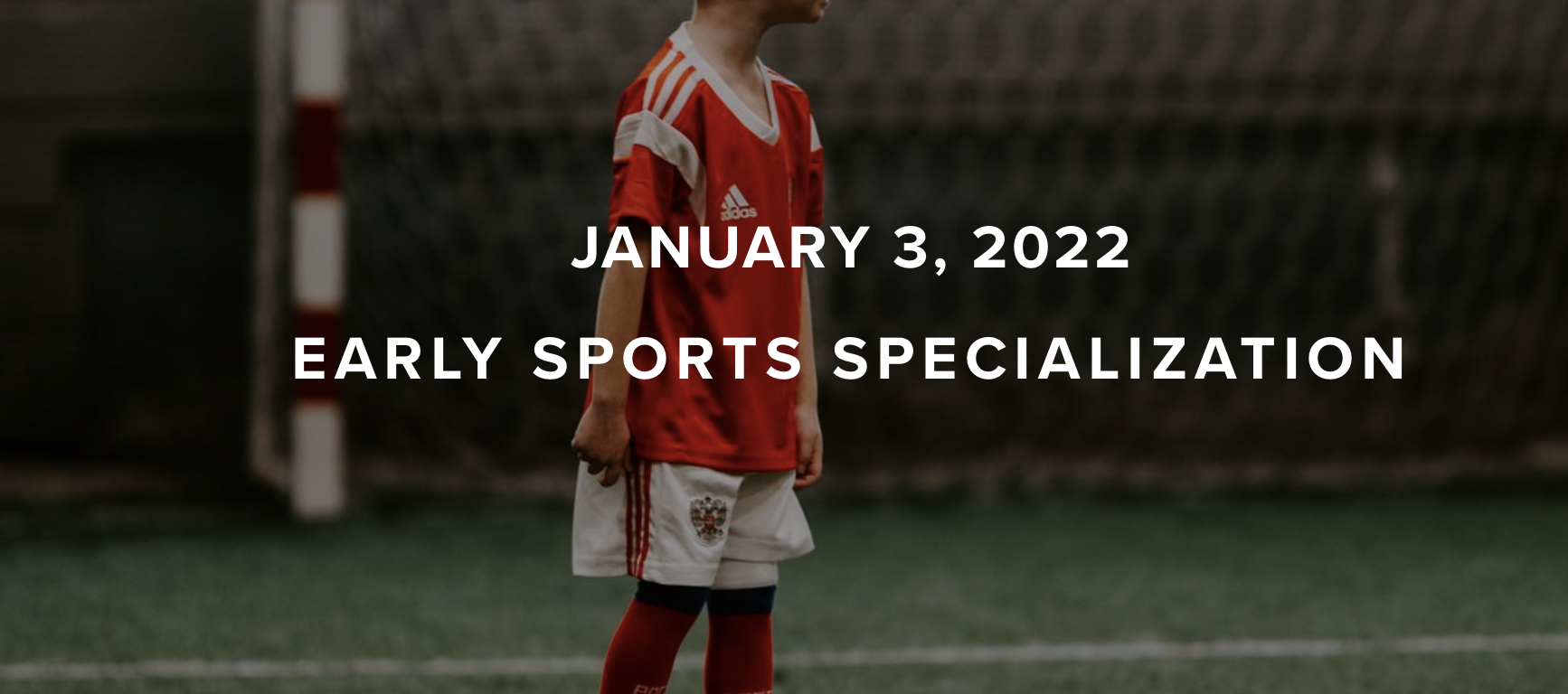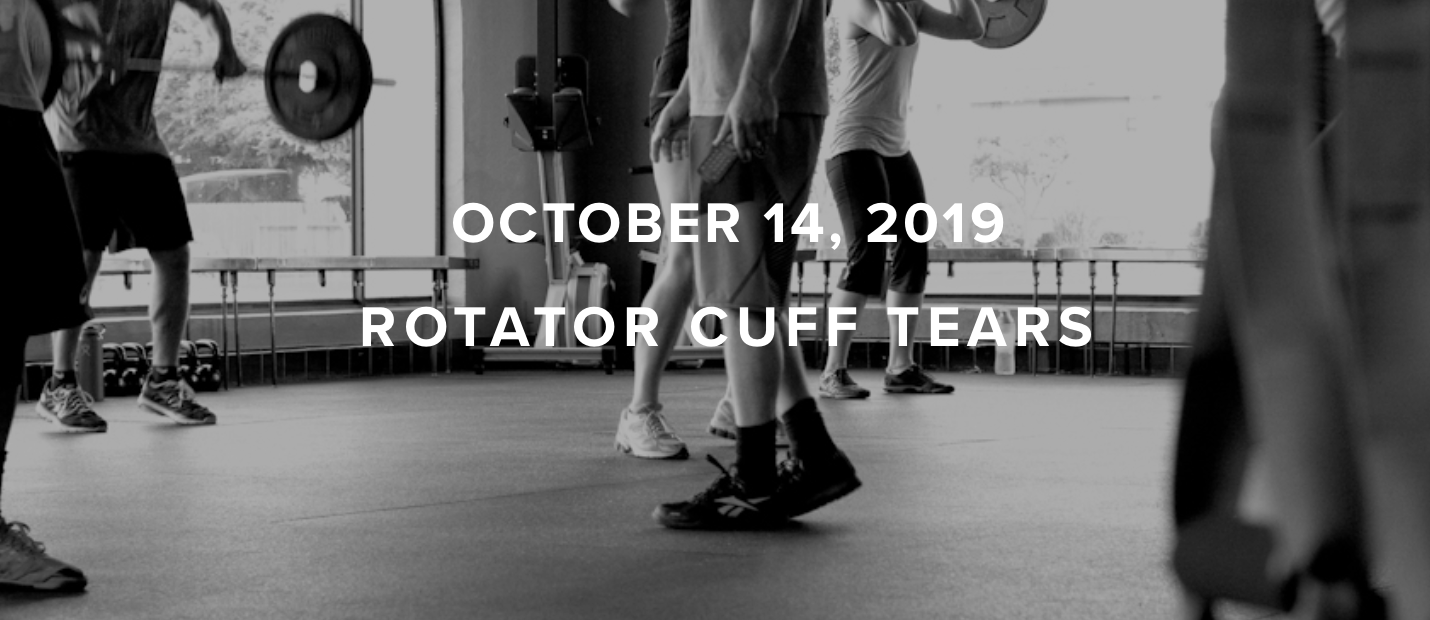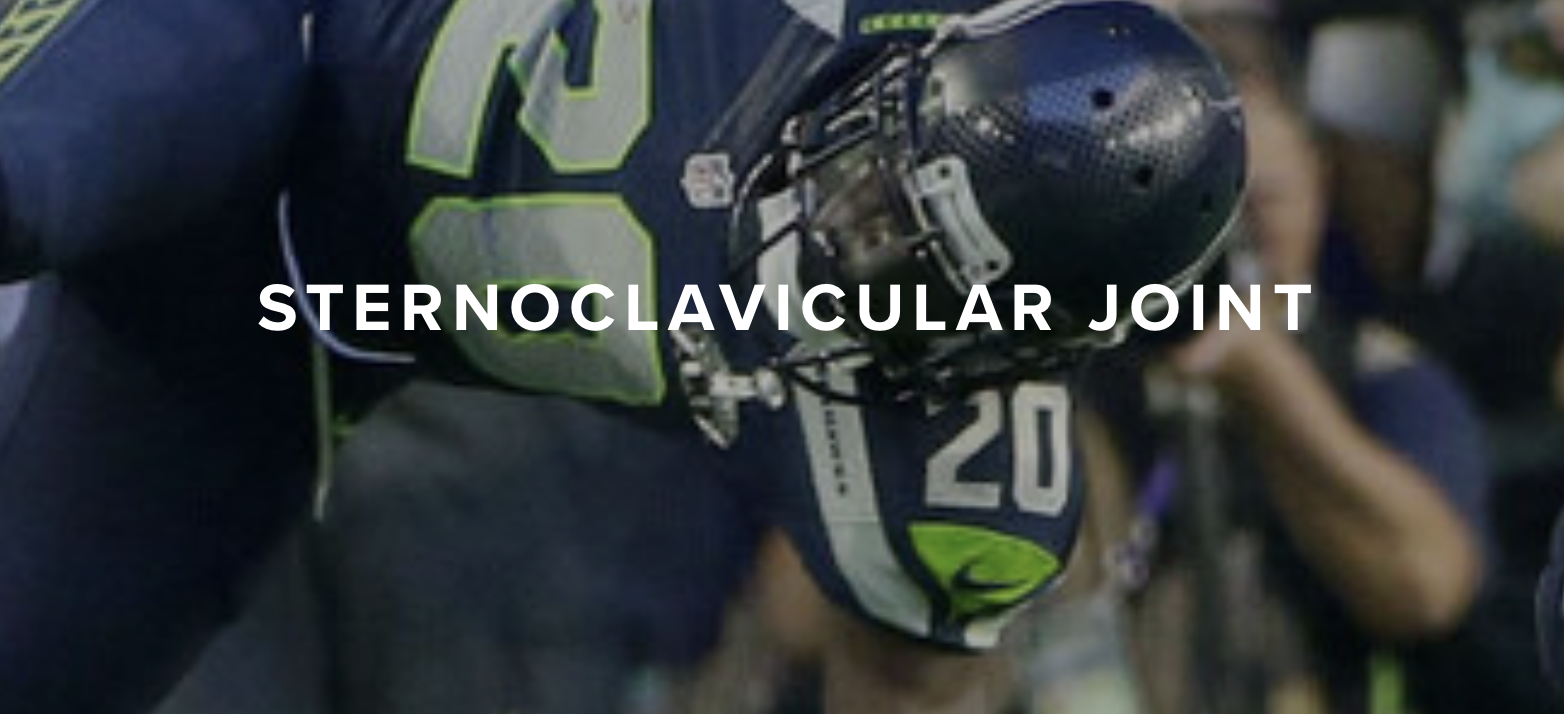What is Disc Golf? aka (Frisbee Golf, Frolf & Folf
Disc golf is an up and coming sport that saw incredible growth through the pandemic. Disc golf is hailed for its accessibility, ease of understanding, and relaxed pace. It can be played alone or in a group. At its core, the goal of disc golf is to get a disc (AKA frisbee) into a basket in the fewest strokes possible. Many of the game’s rules are pulled from traditional golf. Different from golf however are components of the swing such as the run/walk-up and multiple swing types. The evergreen forests of Western Washington make disc golf courses a beautiful place to get fresh air and move your body. There are even two great disc golf courses West of the Duwamish in Whitecenter & SeaTac.
“Disc Golf, Frisbee Golf, Folf or whatever you want to name it to me is hiking with a purpose. Cheap, Simple, and Perfect.”
What are the most common injuries in disc golf?
Disc golf joins other rotational sports such as baseball, golf, tennis, figure skating, shotput, discus, & javelin in shared movements. Because disc golf requires isolating most or all of the throwing force through just one arm, this increases the risk of overuse injuries in the shoulder and in the joints of the elbow, wrist, and hand.
““On 17, it was an opportunity for me to get back into the match…I could’ve laid up and tried to play Conrad for second, but no thank you.””
The most common injuries are likely to be in the elbow due to the eccentric slowing-down demands on the joint. Professionals Kristin Tattar and Simon Lizotte have both shared their experiences working through elbow injuries. Additionally, symptoms of shoulder impingement are common with new throwers who pull their upper arms across their chest (end-range horizontal adduction). Eagle McMahon, a top-ranked professional, also shared some details about an injury to his shoulder labrum. At both the professional and amateur levels, uneven footing or wet conditions are also likely to create slip injuries to the lower extremity or lower back. Watch this infamous video of disc golf professional Kevin Jones slipping but still managing an amazing shot.
Exercise Considerations for Disc Golf
““Disc golf lets me forget that anything else matters. It’s all about being outside in beautiful surroundings and enjoying the complexities of the game.” ”
Disc golf swings, forehand or backhand, are a complex set of motions that do not have only one single lynchpin to success. Additionally, exercise considerations should be shaped to an individual’s needs whether it is adding power, adding consistency, reducing injury risk, or just getting healthier overall. Here are my quick keys for exercise, organized in a rough priority, to the disc golf swing from a physical therapy standpoint:
For injury prevention, there is likely nothing more important to protect than your rotator cuff. The 4 rotator cuff muscles each require specific positioning to best strengthen them and they also need the appropriate range of motion (not too much but not too little). A physical therapist can help you lock in the appropriate rotator cuff strengthening specific to disc golf.
Disc golf is a game of performance under repetition. It can take its toll on all the muscles of the arm, wrist and hand. Strengthening the elbow, wrist and hand in a diversity of ways including strength, power, and muscle endurance are a big part of the game. This can include your typical grip strengthening tools, working on biceps, triceps and deltoids but changing up the resistance and repetition to suit the needs of strength vs. endurance.
A surprise to some may be the importance of plant leg stability. For both types of swings, the planted hip is transferring an immense amount of force up to the spine and subsequently into the arm ‘whip.’ For a rotational sport like disc golf, this means working on the gluteals! The gluteals keep us upright, and control how we rotate about the hip. Some of the best glute strengthening for rotation can occur in a single-leg position. Some examples include single-leg Romanian deadlifts, Bulgarian Split Squats, and Paloff press.
Advanced players to the sport know that the ability for the spine to rotate fully and with power determines the ability to produce kinetic chain ‘lag’ and generate an elastic effect (think baseball throws/pitches, javelin, etc) that launches the disc out of the hand. Like in golf, our ability to isolate different segments of the spine is controlled by our core muscles. A spring coil is the easiest comparison. Having stiff segments of the spine is akin to having parts of the coil be made out of an unbendable material instead of being able to store or move energy through it.
““At both the professional and amateur levels, uneven footing or wet conditions are also likely to create slip injuries to the lower extremity or lower back.””
What can physical therapy do for your disc golf game?
A physical therapist will take you through a general movement screen and conduct a thorough exam to figure out where movement could be occurring more efficiently, or more effectively. They will be able to tailor exercises specifically to the needs of your unique skeletal architecture, fitness level, pre-existing injury and pain. They can also pull from the experience of working with athletes from other sports and apply them to disc golf technique.
In a sport where technique is essentially choreography, it can help to have a trained eye to accelerate your progress in the game. I have personally vested interest in disc golf and try to play at least one round a weekend. This blog post is one of three I plan on writing on disc golf: the next two will focus on backhand and forehand. Thanks for reading about America’s #1 growing sport (according to me).
AUTHORS:
Aaron Jeong, PT, DPT
LWPT West Seattle Physical Therapist
CONTRIBUTORS:
Ben Wobker, PT, MSPT, CSCS, CFSC, SFMA
Founder & Director Lake Washington Physical Therapy

